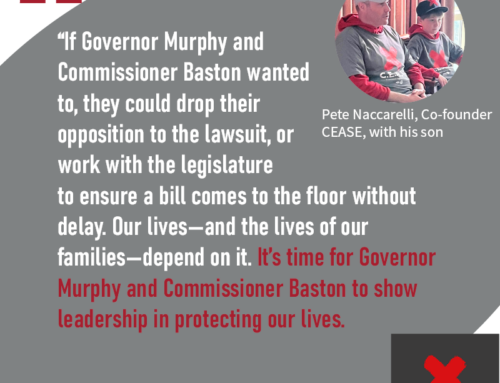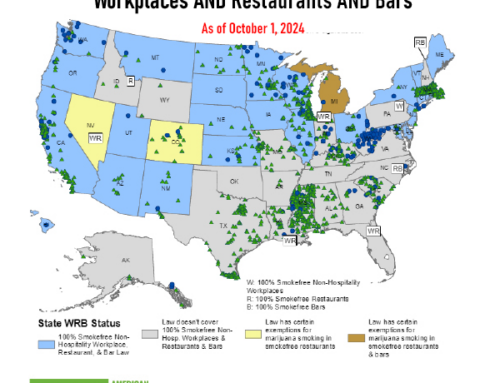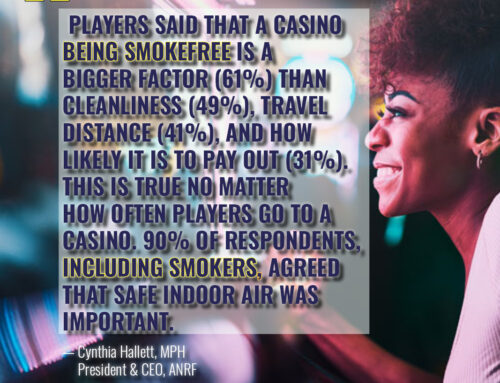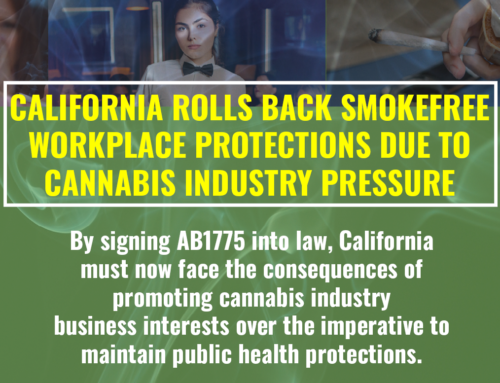A landmark rule that requires all public housing in the U.S. to be smokefree is quickly approaching its July 31 implementation deadline, which will give 2 million public housing residents the ability to breathe easier at home. This rule is an important step in protecting nonsmokers and families from exposure to a serious health hazard where they live. Tenants in an apartment building or other multi-unit housing share the air. Smoking in one unit leads to secondhand exposure for other families and residents in the building.
ANR/F staff has been providing technical assistance, training, and presentations to PHAs, their staff and residents, and public health partners to help them prepare for the policy change process, including in California, Texas, Oregon, New Jersey, and Puerto Rico. Contact us to learn how ANR/F can help.
Public Housing Agencies (PHAs) across the country have had an 18 month period to adopt and implement a policy that requires all of their public housing properties to be 100% smokefree indoors, and within 25 feet of buildings, by July 31, 2018 in order to reduce secondhand smoke exposure and improve resident health.
The U.S. Department of Housing and Urban Development (HUD) adopted this rule after many years of planning and development, which went into effect in February 2017. Over the last 18 months, resources and technical assistance have been made available to PHAs from tobacco control and affordable housing partners at the local, state, and federal levels in order to prepare residents, building managers, and PHA staff for the policy change.Hundreds of PHAs have already implemented their smokefree policies and have a wealth of experience and lessons learned that can benefit other PHAs as they go through the process. In addition, nearly 50 cities and counties now have laws requiring smokefree air in all multi-unit housing.
Resources
ANR Foundation has also created a range of resources to assist PHAs and building managers with the process of implementing and enforcing their smokefree policies in a manner that is supportive of residents and helps build good compliance.
• Steps to Go Smokefree: Recommendations for Public Housing Agencies
• Model Public Housing Smokefree Policy Language
• Talking with Residents about Your Building’s Smokefree Policy
• Enforcement Tips for Building Managers and Maintenance
• Secondhand Smoke in Housing Infographic
• Supporting Implementation of HUD’s Smokefree Public Housing Rule
UPDATE: See a statement on the HUD rule implementation from our sister site ANR.






